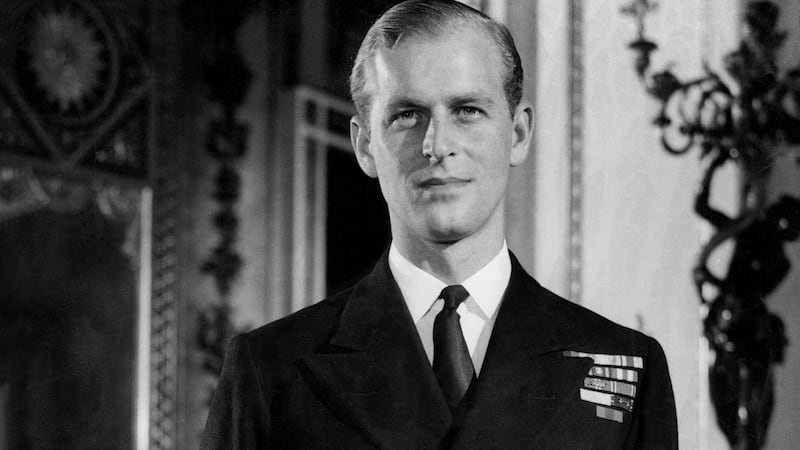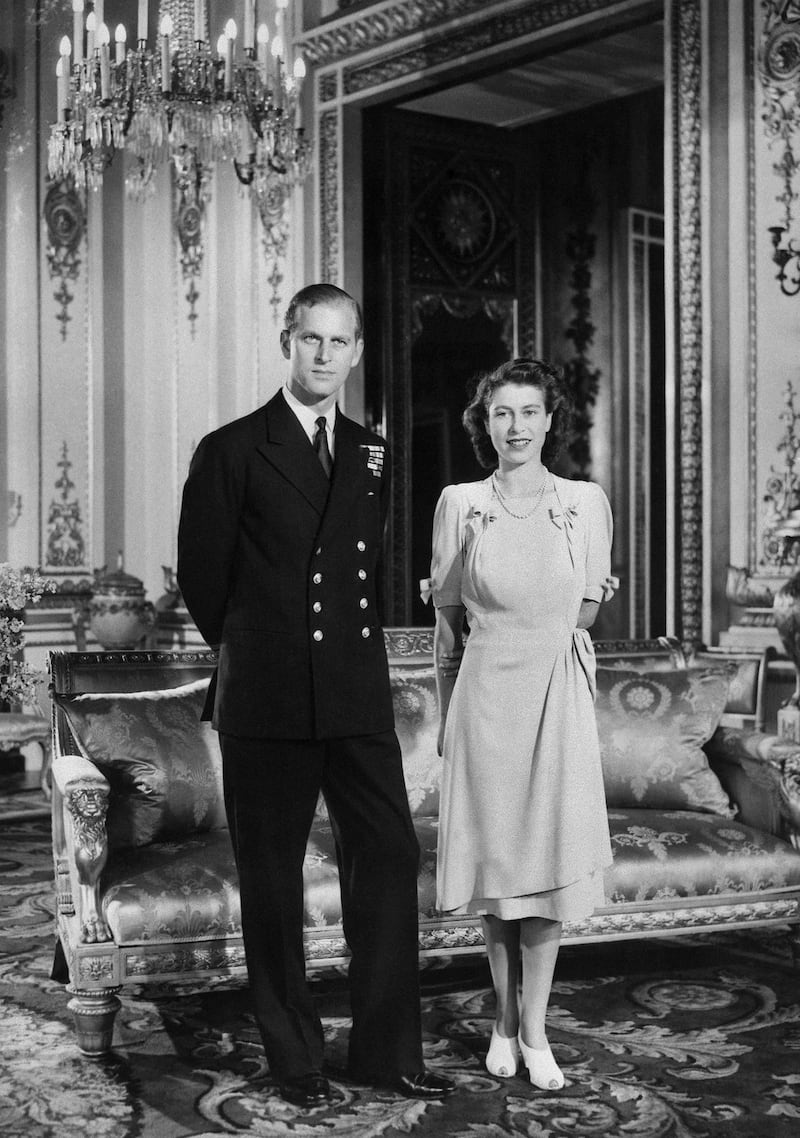Prince Philip was one of the last survivors of the extraordinary conglomeration of royal families that ruled Europe until the end of the first World War.
A noteworthy feature of that war was how it pitted cousins against each other. King George V and Tsar Nicholas II were cousins of Kaiser Wilhelm II, but familial connections were not enough to prevent their respective countries going to war.
Philip was related to all of them. He was a great-great grandson of Queen Victoria, making him his wife's third cousin. Along with being sixth in line to the Greek throne, he was also in the line of succession to the British throne in his own right albeit nowhere near the top.
He was related to the Romanov dynasty on both sides. In 1967 he expressed reservations about visiting the Soviet Union stating that the Bolsheviks had shot his family in 1918.
When the remains of Tsar Nicholas II and his family were found in 1998, Philip agreed to provide DNA for a positive identification.
He was related to Kaiser Wilhelm II by marriage. His uncle Constantine’s wife was the Kaiser’s sister.
He was often known as "Philip the Greek". Though Philip was born in Greece, as was his father Prince Andrew and his grandfather King George, none of them were Greek by blood.
In order to understand Philip's relationship with Greece it is necessary to go back to the foundation of the modern Greek state in 1821. Greece won its independence from the Ottoman Empire. After 11 years of political uncertainty – the Great Powers at the time – Britain, France and Russia, guaranteed Greece's independence, but a head of state was needed.
Prince Otto of Bavaria was chosen. This was not unusual, a German prince began the first King of Belgium in 1830. The practice was so common that even the Easter Rising rebels contemplated asking Kaiser Wilhelm II's youngest son Joachim to be the king of an Ireland liberated from British rule. Otto reign lasted 33 years before being disposed by the Greek National Assembly.

He was replaced by a Danish prince, Philip's grandfather, named Christian who became the Greek King George I in 1863 and spent 50 years on the throne before he was assassinated in 1913.
Nine years later the Greek royal family had to flee the country after the disaster of the Greek-Turkish war, which ended in defeat in September 1922. The Greeks were driven out of Asia Minor.
Philip’s father, who was an army commander, was one of those blamed for the calamity. The family were forced to flee and left on board the British warship HMS Calypso. The story goes that the infant prince made the voyage in an orange crate turned into a crib. His childhood didn’t get much better after that.
The family settled in Paris. When Philip was seven his mother, Princess Alice of Battenberg, had a religious conversion. Alice was a British-born Greek princess of German heritage. She converted to the Greek Orthodox Church. In 1930, she was diagnosed with schizophrenia and sent to a sanitorium in Switzerland. Her family didn't see her for six years.
When she recovered, she went back to Greece. During the German occupation of Greece in the second World War, she sheltered a Jewish family at considerable risk to herself. In 1993 Yad Vashem, the world holocaust remembrance centre, bestowed the title of Righteous Among the Nations on her. She is now buried on the Mount of Olives in Jerusalem.
Prince Andrew fled to the south of France where he took up a mistress, accumulated a string of gambling debts and left his youngest son behind him. Philip was rescued from his chaotic childhood by his uncle Lord Louis Mountbatten, his mother's brother, who was killed by the IRA in 1979.

Mountbatten is often cited as the greatest influence on Prince Charles, but it was he who introduced Philip to Princess Elizabeth in 1934 when she was just a child and was the chief matchmaker of their union.
Tragedy continued in Philip’s life when his eldest sister Cecile was killed along with her husband and three children in a plane crash in 1937.
Before the outbreak of the second World War, Philip enlisted in the Royal Navy. Two of his sisters had married Nazis and he found himself on opposite sides to his brothers-in-law in the war.
Philip was mentioned in dispatches during the Battle of Cape Matapan against the Italian fleet in March 1941. He manned a spotlight under sustained machine gun fire. His captain recorded that "thanks to his alertness and appreciation of the situation, we were able to sink in five minutes two eight-inch gun Italian cruisers". His commanding officer was Admiral Andrew Cunningham from Rathmines.
Philip witnessed many ships being sunk during the war especially at the disastrous Battle of Crete in May 1941 when the Royal Navy lost 19 vessels. The war contributed to his "mustn't grumble" stoicism, which was often depicted as heartlessness.
“It was part of the fortunes of war,” he once said. “We didn’t have counsellors rushing around every time somebody let off a gun, you know asking , ‘Are you all right – are you sure you don’t have a ghastly problem?’ You just got on with it.”
While on HMS Whelp he witnessed the surrender of the Japanese on September 2nd 1945 bringing an end to the second World War.
Much of this information was not widely known to the public until the Netflix series The Crown. When it comes to Prince Philip, the truth is really stranger than fiction.
He married into the British Royal Family in 1947. Compared to his early life, the life of being the queen’s consort must have felt like a crushing anti-climax.


















